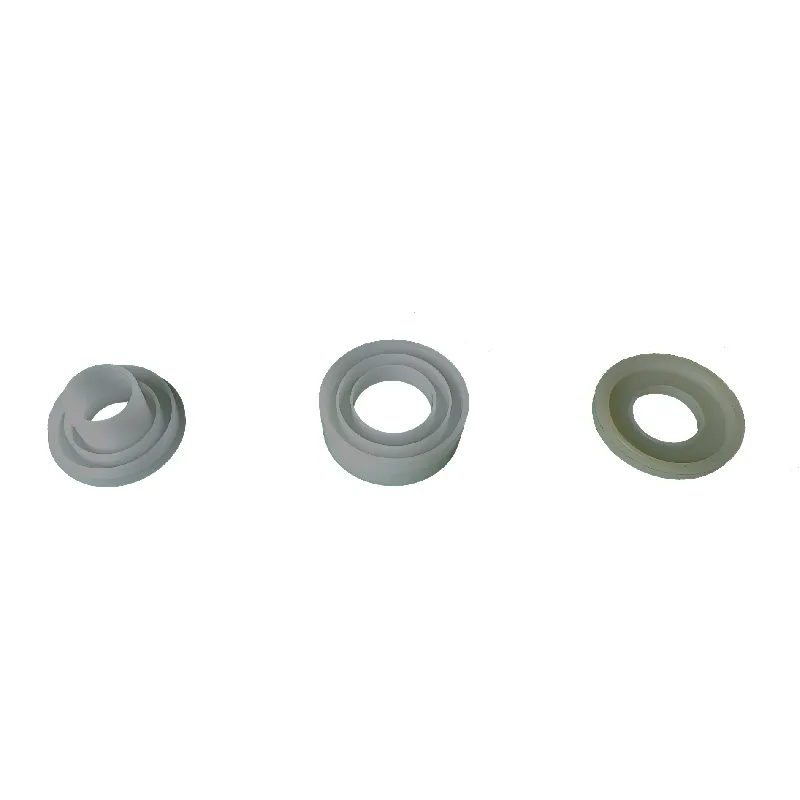 Afrikaans
Afrikaans  Albanian
Albanian  Amharic
Amharic  Arabic
Arabic  Armenian
Armenian  Azerbaijani
Azerbaijani  Basque
Basque  Belarusian
Belarusian  Bengali
Bengali  Bosnian
Bosnian  Bulgarian
Bulgarian  Catalan
Catalan  Cebuano
Cebuano  Corsican
Corsican  Croatian
Croatian  Czech
Czech  Danish
Danish  Dutch
Dutch  English
English  Esperanto
Esperanto  Estonian
Estonian  Finnish
Finnish  French
French  Frisian
Frisian  Galician
Galician  Georgian
Georgian  German
German  Greek
Greek  Gujarati
Gujarati  Haitian Creole
Haitian Creole  hausa
hausa  hawaiian
hawaiian  Hebrew
Hebrew  Hindi
Hindi  Miao
Miao  Hungarian
Hungarian  Icelandic
Icelandic  igbo
igbo  Indonesian
Indonesian  irish
irish  Italian
Italian  Japanese
Japanese  Javanese
Javanese  Kannada
Kannada  kazakh
kazakh  Khmer
Khmer  Rwandese
Rwandese  Korean
Korean  Kurdish
Kurdish  Kyrgyz
Kyrgyz  Lao
Lao  Latin
Latin  Latvian
Latvian  Lithuanian
Lithuanian  Luxembourgish
Luxembourgish  Macedonian
Macedonian  Malgashi
Malgashi  Malay
Malay  Malayalam
Malayalam  Maltese
Maltese  Maori
Maori  Marathi
Marathi  Mongolian
Mongolian  Myanmar
Myanmar  Nepali
Nepali  Norwegian
Norwegian  Norwegian
Norwegian  Occitan
Occitan  Pashto
Pashto  Persian
Persian  Polish
Polish  Portuguese
Portuguese  Punjabi
Punjabi  Romanian
Romanian  Russian
Russian  Samoan
Samoan  Scottish Gaelic
Scottish Gaelic  Serbian
Serbian  Sesotho
Sesotho  Shona
Shona  Sindhi
Sindhi  Sinhala
Sinhala  Slovak
Slovak  Slovenian
Slovenian  Somali
Somali  Spanish
Spanish  Sundanese
Sundanese  Swahili
Swahili  Swedish
Swedish  Tagalog
Tagalog  Tajik
Tajik  Tamil
Tamil  Tatar
Tatar  Telugu
Telugu  Thai
Thai  Turkish
Turkish  Turkmen
Turkmen  Ukrainian
Ukrainian  Urdu
Urdu  Uighur
Uighur  Uzbek
Uzbek  Vietnamese
Vietnamese  Welsh
Welsh  Bantu
Bantu  Yiddish
Yiddish  Yoruba
Yoruba  Zulu
Zulu Jan . 26, 2025 08:09
Back to list
Return Idler Bracket
The seamless operation of conveyor systems is crucial for industries like manufacturing, packaging, and distribution. At the heart of these systems lie indispensable components that are often overlooked—conveyor system parts. When carefully selected and maintained, these parts can enhance the efficiency, longevity, and reliability of an entire conveyor system. As an expert with years of experience in the field, I’ve observed that understanding and investing in high-quality conveyor components are some of the best steps toward optimizing industrial operations.
Bearings, while small, are critical contributors to the conveyor’s operation. They reduce friction between rotating parts, thus prolonging device life and efficiency. Choosing the right bearings—whether ball, roller, or tapered—depends on the operating environment and load requirements. Quality bearings from reputable manufacturers ensure reduced energy consumption and minimal wear, translating to durable performance. Finally, consider the control systems that manage the operational functions of conveyor systems. Modern conveyors are integrated with sophisticated controls that allow automated responses to various conditions such as load weight and speed. Control panels and PLCs (Programmable Logic Controllers) create efficiencies by reducing human intervention and optimizing system performance. The integration of IoT devices can further enhance data collection and predictive maintenance, minimizing unexpected downtimes and optimizing throughput. When these parts are integrated into a well-designed and maintained conveyor system, the benefits are unparalleled. Efficient conveyor systems reduce material handling costs, increase productivity, and ensure the timely movement of goods. While the initial investment may be substantial, the long-term savings in reduced maintenance and downtime, increased operational efficiency, and improved safety outweigh the costs. As a testament to the above, a client in the automotive industry faced severe issues with frequent conveyor breakdowns, influencing their production timelines. By upgrading their system with high-quality pulley systems, appropriate motors, and integrated advanced control systems, they considerably reduced maintenance costs by 30% and improved production efficiency by 45%. This is one of the many success stories that underscore the importance of investing in the right components for conveyor systems. In conclusion, conveyor system parts form the backbone of material handling efficiencies in industries worldwide. To achieve optimal performance, it’s crucial to select and maintain parts that best suit the operational requirements. By prioritizing high-quality components, industrial operations can expect improved throughput, reduced maintenance, and a substantial return on investment, establishing a strong foundation for future growth and success.


Bearings, while small, are critical contributors to the conveyor’s operation. They reduce friction between rotating parts, thus prolonging device life and efficiency. Choosing the right bearings—whether ball, roller, or tapered—depends on the operating environment and load requirements. Quality bearings from reputable manufacturers ensure reduced energy consumption and minimal wear, translating to durable performance. Finally, consider the control systems that manage the operational functions of conveyor systems. Modern conveyors are integrated with sophisticated controls that allow automated responses to various conditions such as load weight and speed. Control panels and PLCs (Programmable Logic Controllers) create efficiencies by reducing human intervention and optimizing system performance. The integration of IoT devices can further enhance data collection and predictive maintenance, minimizing unexpected downtimes and optimizing throughput. When these parts are integrated into a well-designed and maintained conveyor system, the benefits are unparalleled. Efficient conveyor systems reduce material handling costs, increase productivity, and ensure the timely movement of goods. While the initial investment may be substantial, the long-term savings in reduced maintenance and downtime, increased operational efficiency, and improved safety outweigh the costs. As a testament to the above, a client in the automotive industry faced severe issues with frequent conveyor breakdowns, influencing their production timelines. By upgrading their system with high-quality pulley systems, appropriate motors, and integrated advanced control systems, they considerably reduced maintenance costs by 30% and improved production efficiency by 45%. This is one of the many success stories that underscore the importance of investing in the right components for conveyor systems. In conclusion, conveyor system parts form the backbone of material handling efficiencies in industries worldwide. To achieve optimal performance, it’s crucial to select and maintain parts that best suit the operational requirements. By prioritizing high-quality components, industrial operations can expect improved throughput, reduced maintenance, and a substantial return on investment, establishing a strong foundation for future growth and success.
Next:
Latest news
-
Revolutionizing Conveyor Reliability with Advanced Rubber Lagging PulleysNewsJul.22,2025
-
Powering Precision and Durability with Expert Manufacturers of Conveyor ComponentsNewsJul.22,2025
-
Optimizing Conveyor Systems with Advanced Conveyor AccessoriesNewsJul.22,2025
-
Maximize Conveyor Efficiency with Quality Conveyor Idler PulleysNewsJul.22,2025
-
Future-Proof Your Conveyor System with High-Performance Polyurethane RollerNewsJul.22,2025
-
Driving Efficiency Forward with Quality Idlers and RollersNewsJul.22,2025
OUR PRODUCTS





























